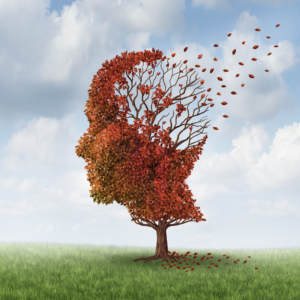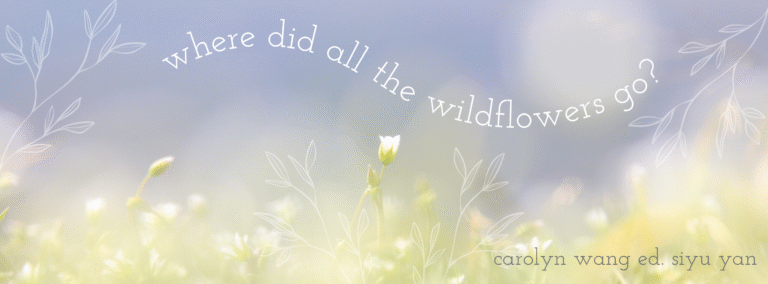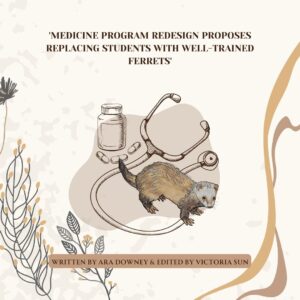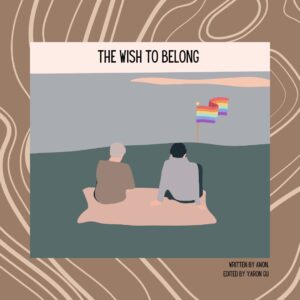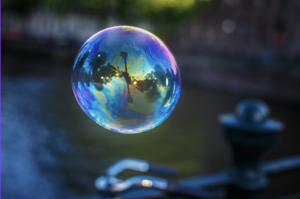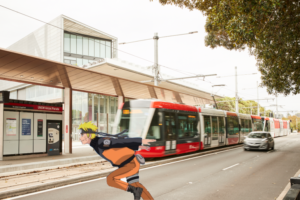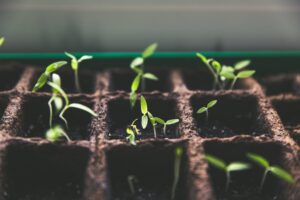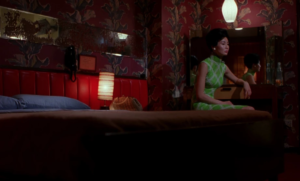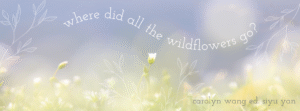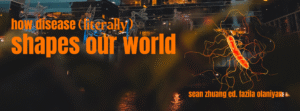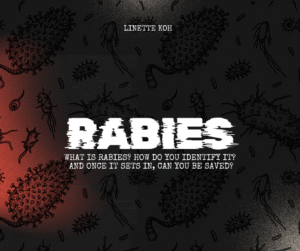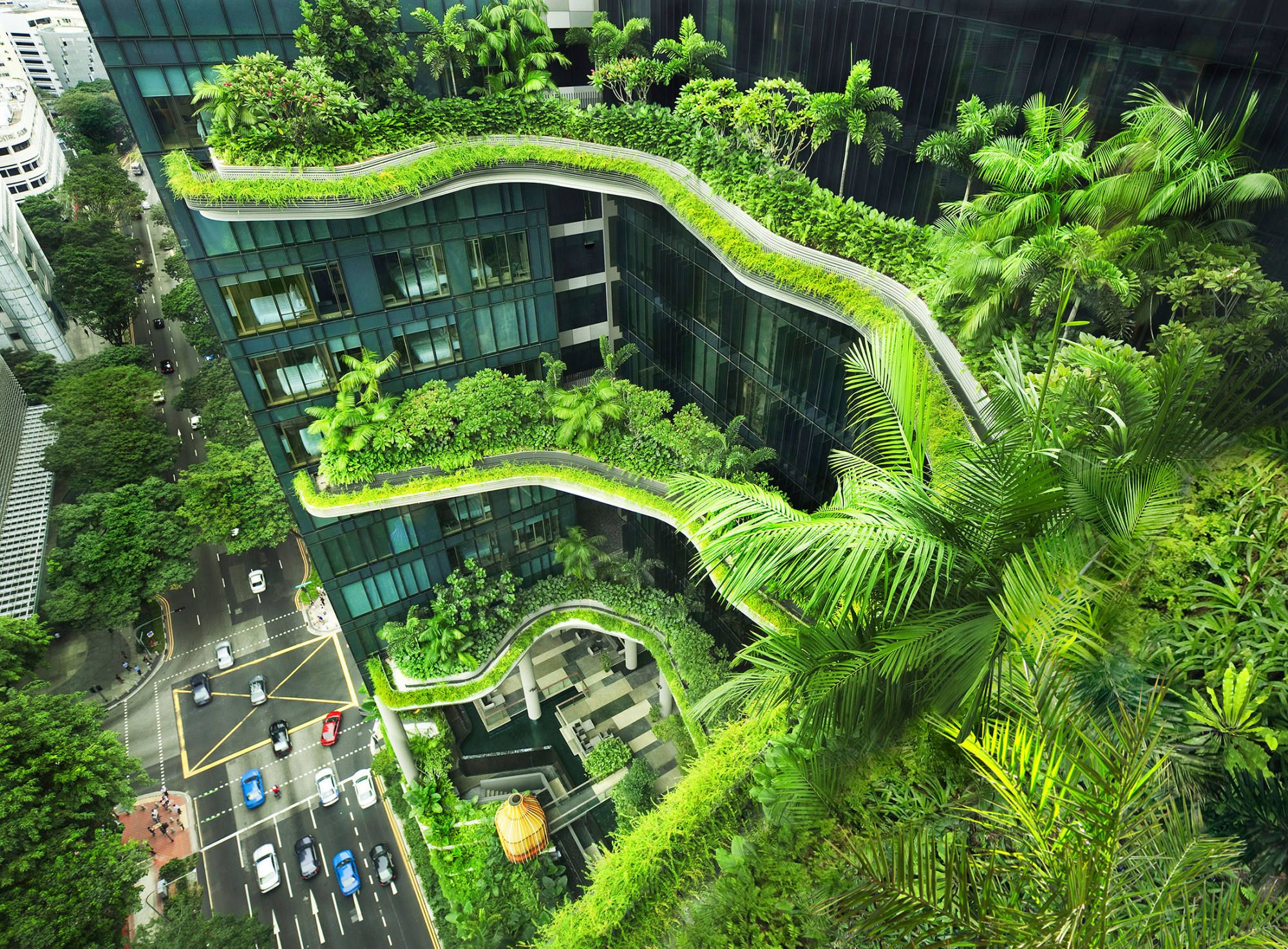
by KAI LUN
My childhood home had a garden twice the size of the house itself. In the front yard, a huge Eucalypt towered, its roots so thick and tortuous that at moments across the lawn it would tear from the earth and bulge, a knot of wood, before disappearing back into the ground. A play equipment set sat in its shade and a handful of straggly plants, daisies, camellias, gardenias, and a plum tree lined the fence and followed the driveway towards the house. The grass was always in some phase of dying – an inevitability of the universe that my parents fruitlessly raged against in the form of aggressive fertilising and fresh fat lawn rolls.
It was only when I got older that I realised that in many of my friends’ houses, the backyard was a menial strip of lawn while the house engulfed the property, and that across Sydney, extensions and granny flats and project homes were making a silent, steady comeback. Indeed, since the 1980’s, the average house size has expanded 30% while lot sizes have diminished. Around half of all new buildings are apartments, and total open space per Sydney-sider is expected to drop more than 20% by 2036. Our greenspaces are shrinking.
In the past 30 years, greenspace exposure has shown a positive correlation on mental health including wellbeing, depression incidence, stress, self-reported health and cognitive function, as well as lowering cardiovascular and respiratory disease morbidity. Moreover, an English study of 10 000 people found those living in urban areas with greenspaces are happier, have lower mental distress and higher wellbeing than those with less greenspace. This occurred even after controlling for confounding factors such as income, employment status, marital status, health, housing type and crime rates. With nearly 3 million Australians living with depression and/or anxiety, it is compelling evidence that a therapy may exist in our own backyard.
But what is it about nature that provides such profound restorative effects? Is it an innate human hardwiring to subconsciously seek association and satisfaction from other living organisms, as described in the Biophilia hypothesis? Or do natural characteristics such as open spaces, presence of water and curving sightlines lessen states of arousal and stress? Or do people in greener areas just exercise more? Or is it simply fresh air? A landmark multivariate Dutch study found no relationship between the amount of green space and the level of physical activity. In turn, an Australian study played videos of natural, urban and non-natural environments to subjects and found natural environments resulted in significantly more positive self-reported emotions than urban and non-natural environments. Another study found when walking in greenspaces as compared to urban shopping streets and commercial districts, people experienced lower frustration, engagement and arousal and higher meditation. It seems that greenspaces exert a rejuvenating effect in themselves, rather than simply coinciding with factors known to improve health.
Since the 18th century, nature has been medicinalised in various forms – from prescribing ‘sun, sea air and warm weather’ to treat tuberculosis to holidaying in convalescent homes in the countryside. In the modern, evidence-based world of medicine, these ideas seem outlandish – yet nature as a prescription for wellbeing is being increasingly embraced, such as the dozens of South Korean ‘healing forests’ where mindfulness and yoga within a forest setting are used to heal the psychological wounds of cancer sufferers, firefighters with PTSD and teenagers addicted to online gaming.
But can advances in greenspace architecture be extended to our mainstream healthcare system? While the image of vegetation lacing hospital wards and filling mental health units may seem romantic and wildly impractical, greenspaces are increasingly being considered as a low-cost, easily accessible method of psychological care. In cancer patients undergoing integrated forest and horticultural therapy alongside conventional treatment, studies have found increased natural killer cell activity and quality of life, and reduced cancer-associated fatigue. Another found patients after gall bladder surgery recovered faster and with less analgesia when facing a window view with trees rather than that of brick wall. Furthermore, walking in nature was found to cause reduced blood perfusion in the subgenual prefrontal cortex, associated with reduced stress, improved regulation of cortisol and improved symptoms in people with depression.

These benefits of greenspaces haven’t gone unnoticed in the realms of city planning and civil architecture. Following its meteoric economic rise and significant spatial limitations, Singapore’s commitment for all new developments to contain plant life has led to innovative architecture interwoven with greenspaces (Figure 1) – gardens suspended between buildings, perched on dams, hanging off buildings and (of course), Gardens by the Bay. New York City’s Manhattan Highline, a highly successful gentrification project converting an abandoned railway viaduct to an urban park, caused a halo effect upon property values along its route with nearby apartments selling for an average 6 million USD. Berlin has a target of 6m2 of public greenspace per inhabitant. Globally, creating urban spaces interwoven with greenspaces is becoming a marker of modernity, innovation and economic success. Perhaps this revival of urban greenery signifies a subtle paradigm shift to value our age-old immersion in nature as much as our own ingenuity. Or maybe it’s just for the aesthetics.
Late last year, I returned home at night. The air was warm; the sky clear. Unlocking the door, I glanced up at the sky and searched for the Southern Cross constellation. And searched. And searched. I gave up and looked for Orion’s belt. Or the two pointer stars. The sky was empty of clouds but for a speckling of stars, without order, pattern or constellation. From across the street, where five years ago my childhood home had stood embraced by its sprawling garden, the lights of a five-storey apartment winked. It seemed the streetlights had finally swallowed the stars.


